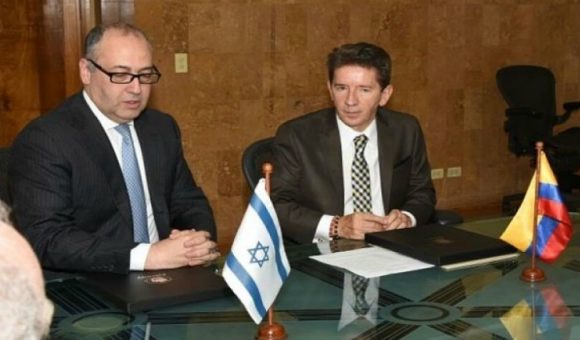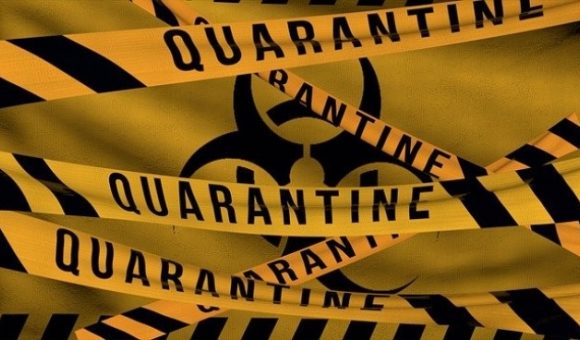‘Medellin Como Vamos’ Study Shows Progress, Shortfalls

The tenth annual “Medellin Como Vamos” (How are We Doing) study released June 24 shows that Medellin and its citizens continue to make progresss – but also suffer some shortfalls — in key areas including business growth, education, environmental protection, public safety, mobility, health and poverty-reduction.
The authoritative “MCV” study – this time covering the period 2012 to 2015 — taps numerous sources including the city of Medellin’s planning department, the regional Área Metropolitana del Valle de Aburrá (AMVA) agency, the EPM public utility, the city Controller, the construction trade association Cámara Colombiana de la Construcción (Camacol), the city ombudsman (Personería de Medellín), the local chamber of commerce (Camara de Comercio de Medellín para Antioquia, CCMA), the national statistics agency (Departamento Administrativo Nacional de Estadística, DANE), the national education institute (Instituto Colombiano de Fomento a la Educación Superior), the Ministry of Health, the World Bank and numerous other sources.
Medellin Mayor Federico Gutierrez organized a public forum this month to review study results and take comments from citizens.
Among some encouraging study results: Medellin continues to foment new businesses, up a net 14.5% in 2015 versus 2014 (see chart). Finance, insurance, retail, restaurant, hotel and construction sectors showed the greatest growth among all business sectors, the study shows.
Organized public-private initiatives continue to promote key business “clusters” in the city, including medicine, construction, electric power, information technology, business tourism, textiles, clothing and fashion, the study noted.
The number of Medellin-based companies related to those sectors showed notable growth, with more than 5,000 new construction companies, 1,264 new clothing manufacturers, and 1,056 companies involved in business- and vacation-oriented tourism.
Medellin’s business sector also continues to climb in international and national rankings of competitiveness, the study shows.
A total of 1,471 experts from more than 70 institutes analyzed the data for the MCV study.
Thanks to the sale of the formerly city-owned “Une” telecom company to Millicom during the study period, Medellin gained an extra COP$1.4 trillion (US$468 million) for numerous social programs organized under the “Fondo Medellín Ciudad para la Vida” (FMCV) initative, the study notes.
But even without the FMCV bonus funds, Medellin continues to lead Colombia’s biggest cities in per-capita social investment in its citizens, the study shows.
Thanks to such investments, Medellin has reduced levels of poverty and broadened opportunities especially for its poorest citizens, the study shows. Medellin’s public utility (EPM) continues as a key source of public funds, averaging 20% of the city’s annual income, the study shows.
In public safety, Medellin’s murder rate continued to fall sharply during the study period and the city now boasts one of the lowest rates of crime in Colombian major cities.
As for public education and public health, Medellin isn’t making as much progress as it should, despite heavy public spending in both sectors, the study shows.
As for the housing situation, Medellin still suffers shortfalls in making more apartments available for the poorer sectors of the population, the study adds.
As for environmental quality, Medellin still faces challenges in cutting air pollution, water pollution and ambient noise levels, the study shows. The planned start-up of a new sewage-treatment plant in neighboring Bello in 2017 should dramatically improve water quality in Rio Medellin, the study noted.
As for demographic changes, Medellin’s population grew at a 1% annual rate during the 2012-2015 study period – meaning that the city added 71,311 people, with the result that Medellin’s population hit 2.46 million in 2015.
As for mobility, Medellin’s vehicle parc grew 15% between 2012-2015, on top of the 33% growth in 2008-2011, the study shows.
As a result, Medellin now has 1.27 million vehicles, of which 639,231 were motorcycles and 633,993 were cars, according to the study.
















